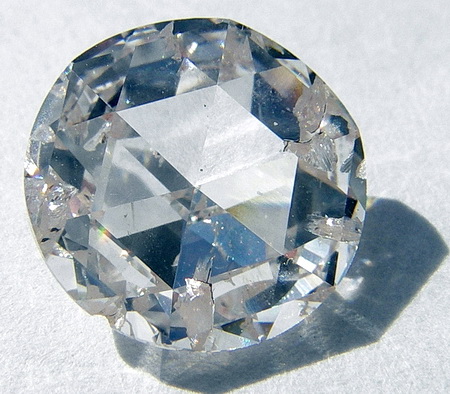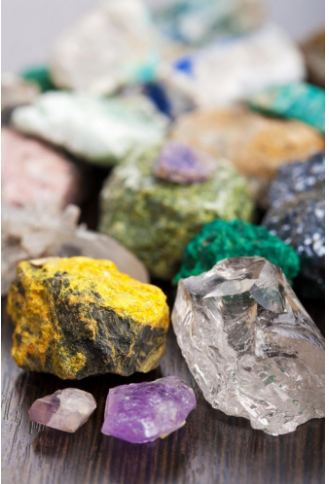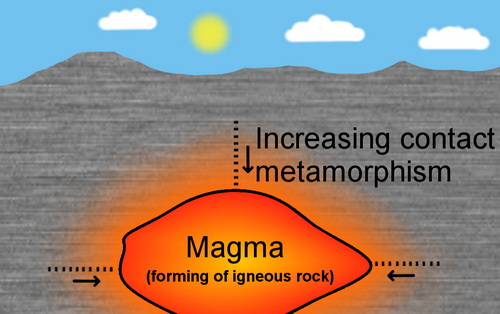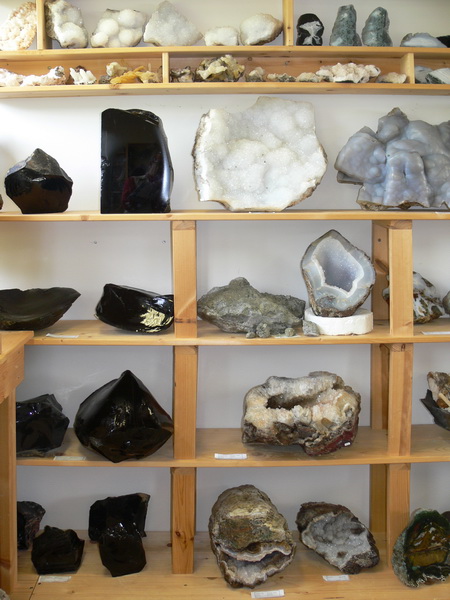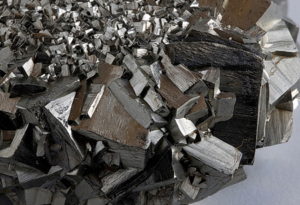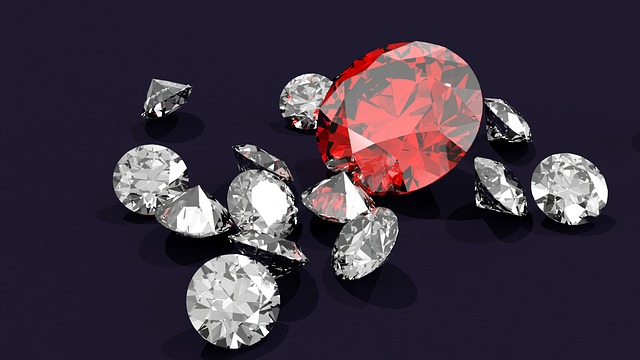
Investing in diamonds is more realistic for those who can afford the steep prices of rare quality stones. However, it’s still possible to invest in other types of gemstones, and even certain types of diamonds. If you do your homework and become knowledgeable, you can buy pre-owned gems from flea markets and estate sales that are below current values.
The best way to start investing in gemstones is to seek out wholesale sources instead of paying retail prices. Buying lots instead of single stones will also guarantee a better price. Investing in gems also requires the ability to distinguish between synthetic and natural stones, which sometimes requires the help of a professional jeweler to better identify the stones.
The only gems with excellent resale value are those that are large and high quality. This includes untreated sapphires and rubies, as well as emerald, spinel, aquamarine, demantoids, tourmaline, tsavorite, and alexandrite.
Popularity is also a factor when it comes to market price. While other gem prices might fluctuate, gems such as blue sapphire have always been popular, especially in engagement ring jewelry. Blue sapphires are valued for their vivid color and excellent hardness.
When buying gems as an investment, it is critical to buy the highest quality. Fine gems are distinguished by intense and vivid color, outstanding clarity, and excellent cut. Lower-grade stones such as commercial-grade stones are pretty much worthless since they are poorly cut, lack brilliance and clarity, and are usually of average color.
The diamond market works a lot like the art market, where the price is based on rarity and quality, not quantity. Colorless diamonds that are a minimum of 5 karats with flawless clarity are exceptionally rare, typically less than 1% of the diamond supply, making them also incredibly expensive. For those who can’t afford to pay seven to eight figures for a rare diamond, the best type of diamond to invest in is the naturally colored diamond, also called the fancy color diamond.
While colorless diamonds usually stay the same price or drop in price, fancy color diamonds have historically been appreciated over time. They are also pricy even at lower quality because they are valued by collectors and are always in demand. Antique jewelry sold at estate sales is a great source where you can find these fancy colored diamonds.

